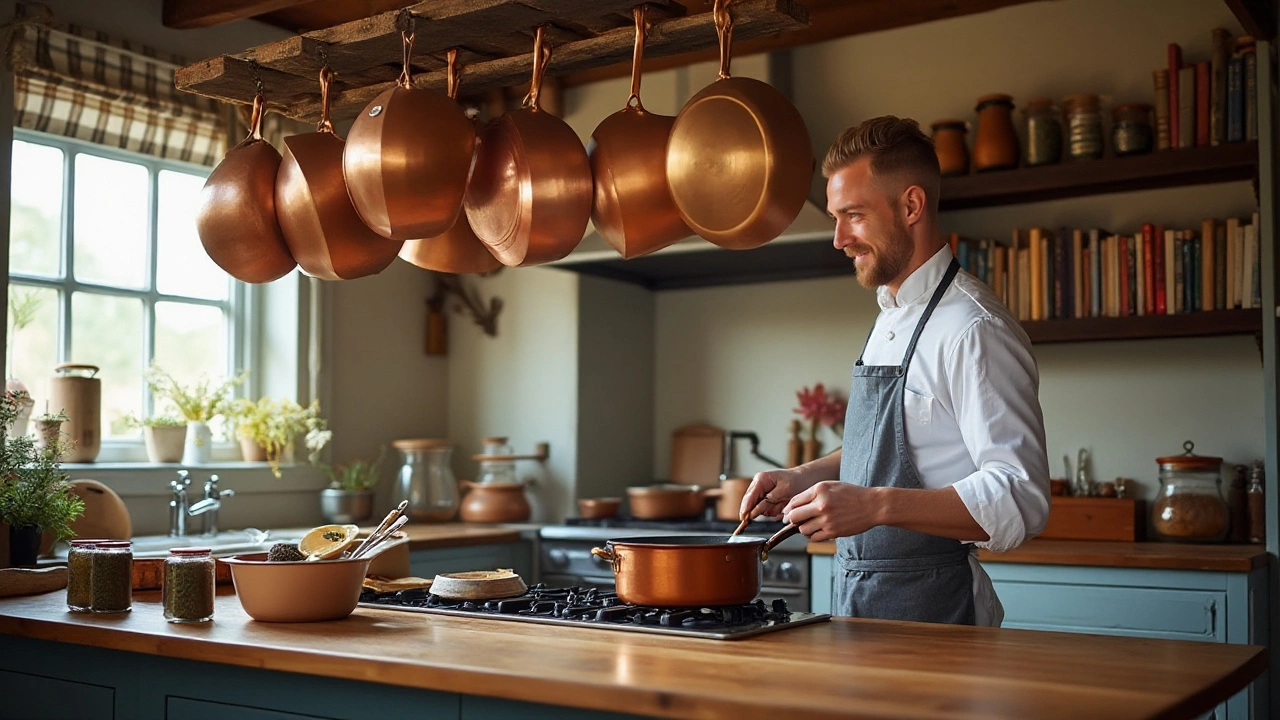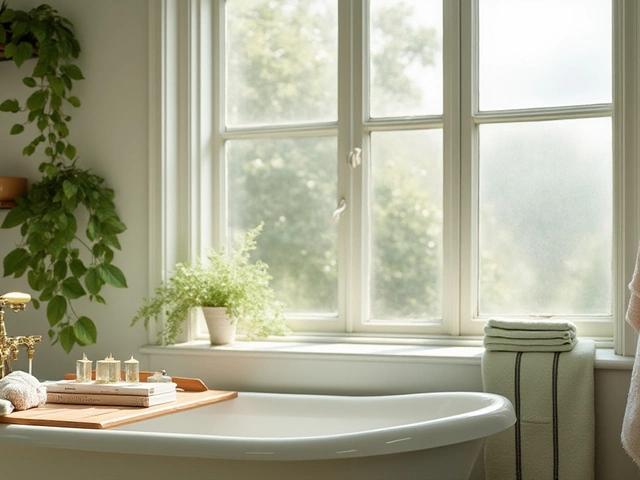Cooking Ware Essentials: What Every Home Cook Needs
When you’re getting ready to cook, the right tools can make the whole process smoother. Whether you’re a beginner or have been chopping for years, having the basics of cooking ware on hand saves time, cuts frustration, and helps you get better results.
Types of Cooking Ware You Should Know
First off, break cooking ware into three groups: pots and pans, bakeware, and small tools. Pot and pan basics include a good sauté pan, a saucepan, a stock pot, and a sturdy skillet. A non‑stick skillet is handy for eggs, while a stainless steel skillet works better for searing meat.
Bakeware covers everything you need for the oven – a sheet pan, a muffin tin, a casserole dish, and a loaf pan. A metal sheet pan with a rim keeps cookies from sliding off, and a glass casserole dish lets you see food as it cooks.
Finally, small tools are the workhorses that keep you moving. Think spatulas, ladles, tongs, whisk, and measuring cups. A silicone spatula won’t scratch your non‑stick pans, and a sturdy set of tongs makes flipping veggies a breeze.
How to Choose the Right Pieces for Your Kitchen
Start with the articles on our site. The "Kitchenware Explained: Types, Uses, and Essential Tips for Every Kitchen" post walks you through each category step‑by‑step, so you can pick pieces that match your cooking style.
If you love stir‑fry or quick sautés, a heavy‑bottomed wok or a cast‑iron skillet gives even heat and a great sear. For everyday soups and pasta, a 4‑quart saucepan and a 6‑quart stock pot are enough.
When it comes to non‑stick cookware, the "Are Non Stick Pans Still Unhealthy? What You Need to Know" article clears up the myths. Look for pans with a ceramic coating or a newer, PFAS‑free non‑stick surface if you’re worried about chemicals.
Budget matters, too. You don’t need a full set of copper pots to cook well. A mixed‑material starter set – stainless steel for durability, a non‑stick pan for easy cleanup, and a cast‑iron piece for occasional roasting – gives you flexibility without breaking the bank.
Maintenance is another key point. Stainless steel pans can develop stains, but a quick soak and a gentle scrub usually fix them. Cast iron needs seasoning, but that’s a simple oil‑and‑heat routine.
Think about space as well. If you have a small kitchen, stackable pots or nesting bowls keep countertops clear. A collapsible silicone colander can replace a bulky metal one.
Finally, test the feel. Hold a pan by its handle – does it feel comfortable? Does the weight feel right for you? A pan that’s too heavy can tire you out, while one that’s too light may heat unevenly.
By focusing on the core pieces, checking our guides for safety tips, and matching tools to your cooking habits, you’ll build a cooking ware collection that serves you for years. Ready to upgrade? Start with the essentials, add a specialty item when you need it, and enjoy the confidence that comes with having the right tools at hand.

Exploring Essential Cooking Ware for Every Kitchen
Cooking wares are the backbone of any kitchen, providing the tools necessary to create culinary masterpieces. From pots and pans to specialized gadgets, each piece serves a purpose, enhancing the cooking experience. Knowing what cooking ware to choose can save time and improve food quality. Discover various types of cooking wares and their uses to equip your kitchen effectively.
Categories
- Storage (27)
- Bathroom (18)
- Sofas (15)
- Curtains (15)
- Home Decor (12)
- Bedding (11)
- Kitchenware (11)
- Cushions (11)
- Mirrors (10)
- Rugs (9)



